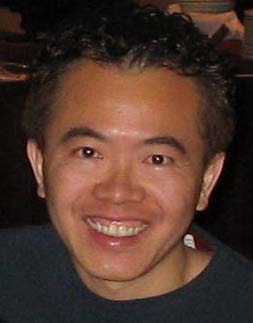Cited By
View all- Hu LMa XHe CWang LCheng J(2023)Autoencoder and Masked Image Encoding-Based Attentional Pose NetworkPattern Recognition and Computer Vision10.1007/978-981-99-8432-9_18(221-233)Online publication date: 13-Oct-2023
- Monszpart AGuerrero PCeylan DYumer EMitra N(2019)iMapperACM Transactions on Graphics10.1145/3306346.332296138:4(1-15)Online publication date: 12-Jul-2019
- Su YFeng ZZhang JPeng WXing M(2018)Sequential Articulated Motion Reconstruction from a Monocular Image SequenceACM Transactions on Multimedia Computing, Communications, and Applications10.1145/318042014:1s(1-21)Online publication date: 26-Mar-2018
- Show More Cited By


